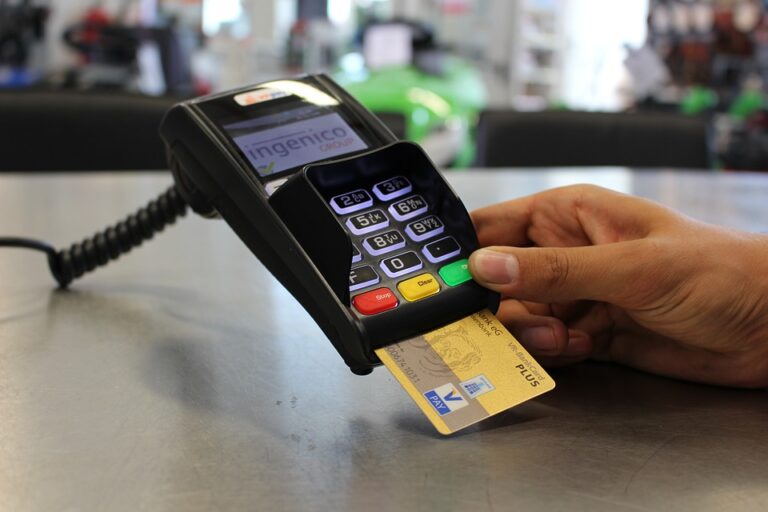Last updated Apr. 10, 2025 by Charles Zemub
Navigating the complexities of student loans can be daunting, especially when you want to keep tabs on how much you owe. Keeping track of your student loan balance is crucial for effective financial planning and timely payments. Whether your loan is federal or private, knowing the balance can help you strategize repayments, budget expenses, and plan your financial future. This article will provide comprehensive guidance on how to check your student loan balance, ensuring you always have the most accurate and up-to-date information.
Understanding Student Loans
Before diving into the specifics of checking your loan balance, it’s essential to understand the two main types of student loans: federal and private. Federal student loans are funded by the government and often come with benefits like income-driven repayment plans and fixed interest rates. Private student loans, on the other hand, are offered by private lenders and usually have variable interest rates.
Importance of Checking Your Student Loan Balance
Regularly checking your student loan balance serves several purposes:
- It helps in organizing your repayment strategy.
- It enables you to budget effectively.
- It allows you to identify any discrepancies or errors in loan amounts.
- It helps you track your progress in paying down the debt.
Now that we recognize the importance, let’s explore how you can check your student loan balance for both federal and private loans.
How to Check Your Federal Student Loan Balance
1. Use the Federal Student Aid (FSA) Website
The easiest way to check your federal student loan balance is through the Federal Student Aid (FSA) website. Here’s how:
- Visit the FSA Website: Head over to Studentaid.gov.
- Log in: Use your FSA ID username and password. If you don’t have an FSA ID, you’ll need to create one.
- Navigate to the Dashboard: Once logged in, the dashboard will display your federal loan information, including the balance, loan type, and interest rates.
2. Review Your Loan Servicer’s Portal
Loan servicers are companies assigned by the Department of Education to handle the billing and other services on federal student loans. To access your loan balance through your loan servicer:
- Identify Your Loan Servicer: Log in to the FSA website and check the “My Aid” section to find your loan servicer.
- Access the Servicer’s Website: Once identified, visit the servicer’s website.
- Log in or Create an Account: After logging in, you can view detailed information about your loan balance, payments, and interest accrual.
How to Check Your Private Student Loan Balance
1. Checking via Lender’s Website or App
Most private lenders offer online access:
- Visit the Lender’s Website: Go to the website of the bank or lender.
- Log in or Sign Up: Use your account credentials to log in. If you haven’t set up an online account, you may need to register.
- View Your Loan Details: Once logged in, you can access detailed information about your loan balance, remaining payments, and interest rates.
2. Contact Your Lender Directly
If you prefer a more direct approach or face trouble with the online portal:
- Call Customer Service: Use the contact number provided in your loan agreement or on the lender’s website.
- Email or Written Request: Send an email or mail requesting your current loan balance. Make sure to include your account number and personal information for quicker processing.
3. Credit Report
Checking your credit report is another method to see outstanding private loans:
- Obtain a Free Credit Report: You are entitled to one free credit report per year from the three major credit reporting bureaus.
- Review Loan Information: Check under the loans section for your private student loan balances.
Short Answer
In order to efficiently manage your student loan repayments, it’s vital to regularly check your student loan balance. For federal loans, utilize the Federal Student Aid (FSA) website with your FSA ID to access your loan dashboard, which displays balances and loan details. If your loan is private, log into your lender’s website or app for account information. Alternatively, contact your lender directly through their customer service for up-to-date balance inquiries. Staying informed about your student loan balance can greatly assist in budgeting and strategizing payments, ultimately helping you to better navigate your financial journey post-graduation.
✓ Short Answer
Regularly checking your student loan balance is essential for managing repayment effectively. For federal loans, the easiest method is through the Federal Student Aid (FSA) website using your FSA ID to access your dashboard with all loan details. For private loans, log in to your lender’s website or app, or directly contact their customer service. This information is crucial for budgeting and strategizing your repayments effectively.
Frequently Asked Questions (FAQs)
Q1: How often should I check my student loan balance?
You should check your student loan balance at least once a month. Regular checks will help you avoid any discrepancies, keep your payment schedule on track, and make informed financial decisions.
Q2: Will checking my loan balance hurt my credit score?
No, checking your loan balance does not impact your credit score. It is considered a soft inquiry and does not affect your credit rating.
Q3: Can I find all my student loans in one place?
Yes, for federal student loans, StudiantAid.gov consolidates all the data in your dashboard. However, for private loans, you’ll need to check directly with each lender since there isn’t a centralized database.
Q4: What should I do if I find an error in my student loan balance?
If you notice an error, contact your loan servicer or lender immediately for federal or private loans, respectively. Provide them with supporting documents to resolve discrepancies.
Q5: Can I pay off my student loan early?
Yes, you can pay off your student loans early without any penalties. Check with your lender for specific instructions, and ensure that additional payments go towards the principal balance to reduce interest accumulation.
Q6: How can I reduce my student loan balance quickly?
Refinancing for a better interest rate, making extra payments towards the principal, and enrolling in autopay (which often offers a discount on your interest rate) are effective strategies for reducing your student loan balance quickly.
Regularly monitoring and managing your student loan balance is a critical part of financial stewardship. By staying informed, you can ensure better control over your financial future, minimizing the stress that often accompanies student loan repayment.


